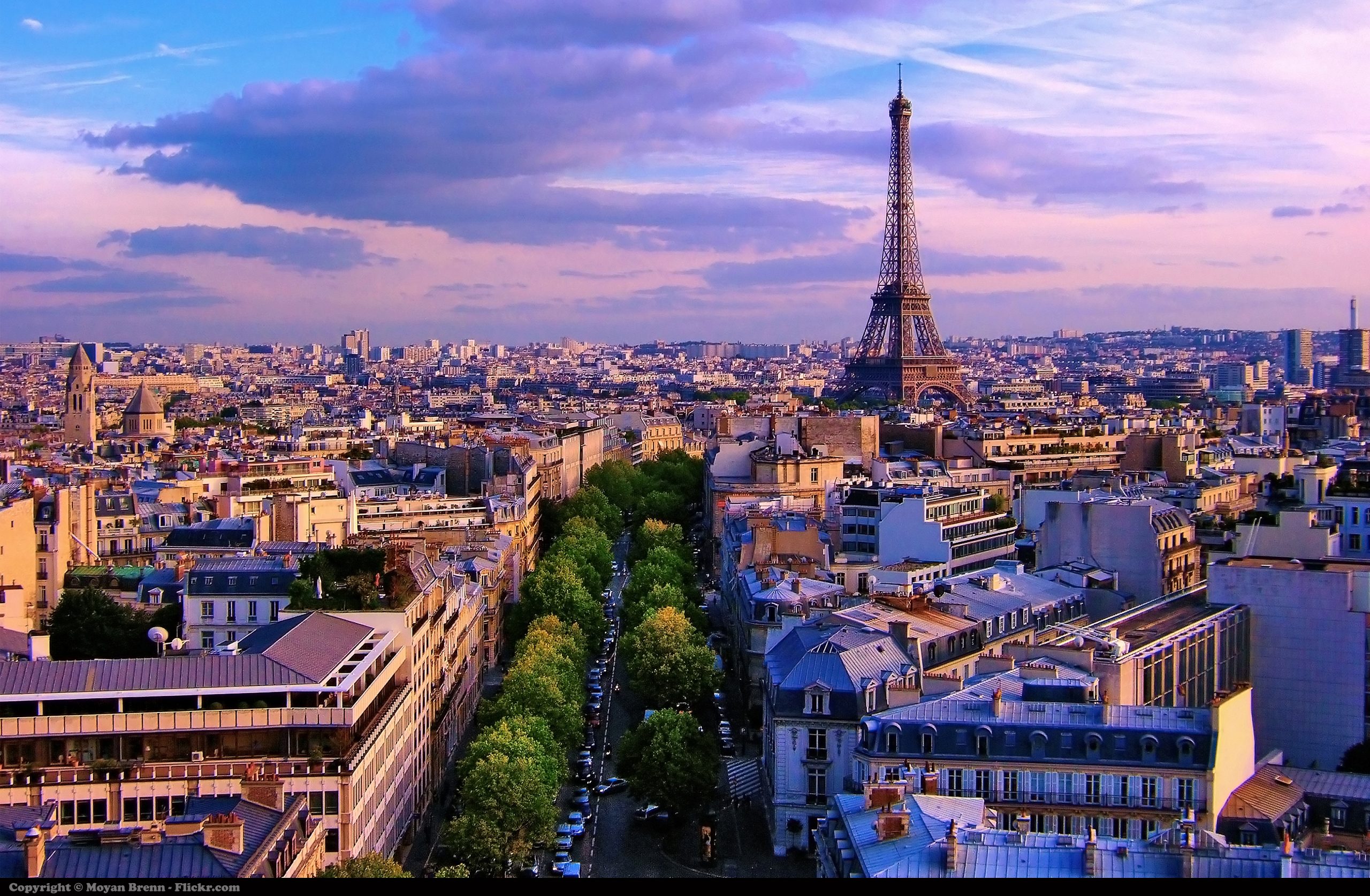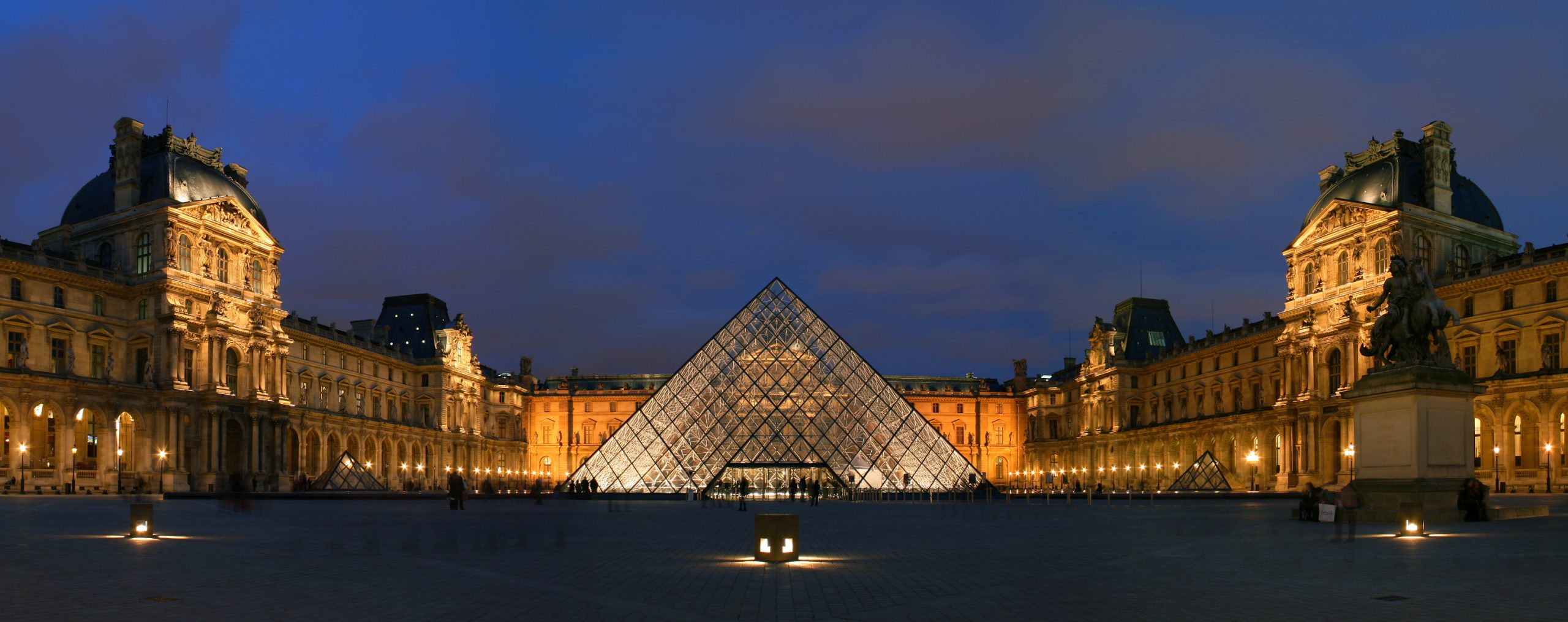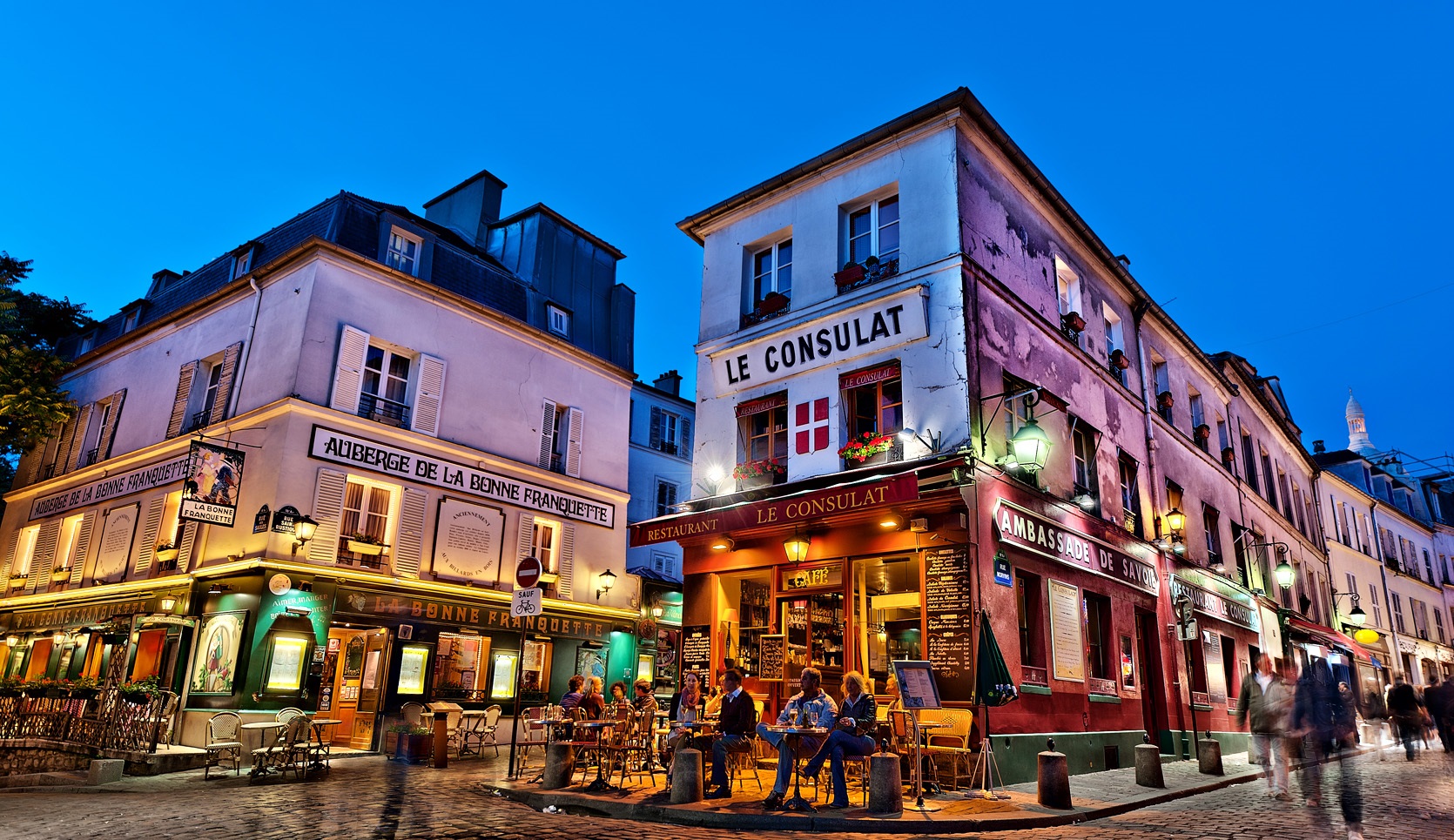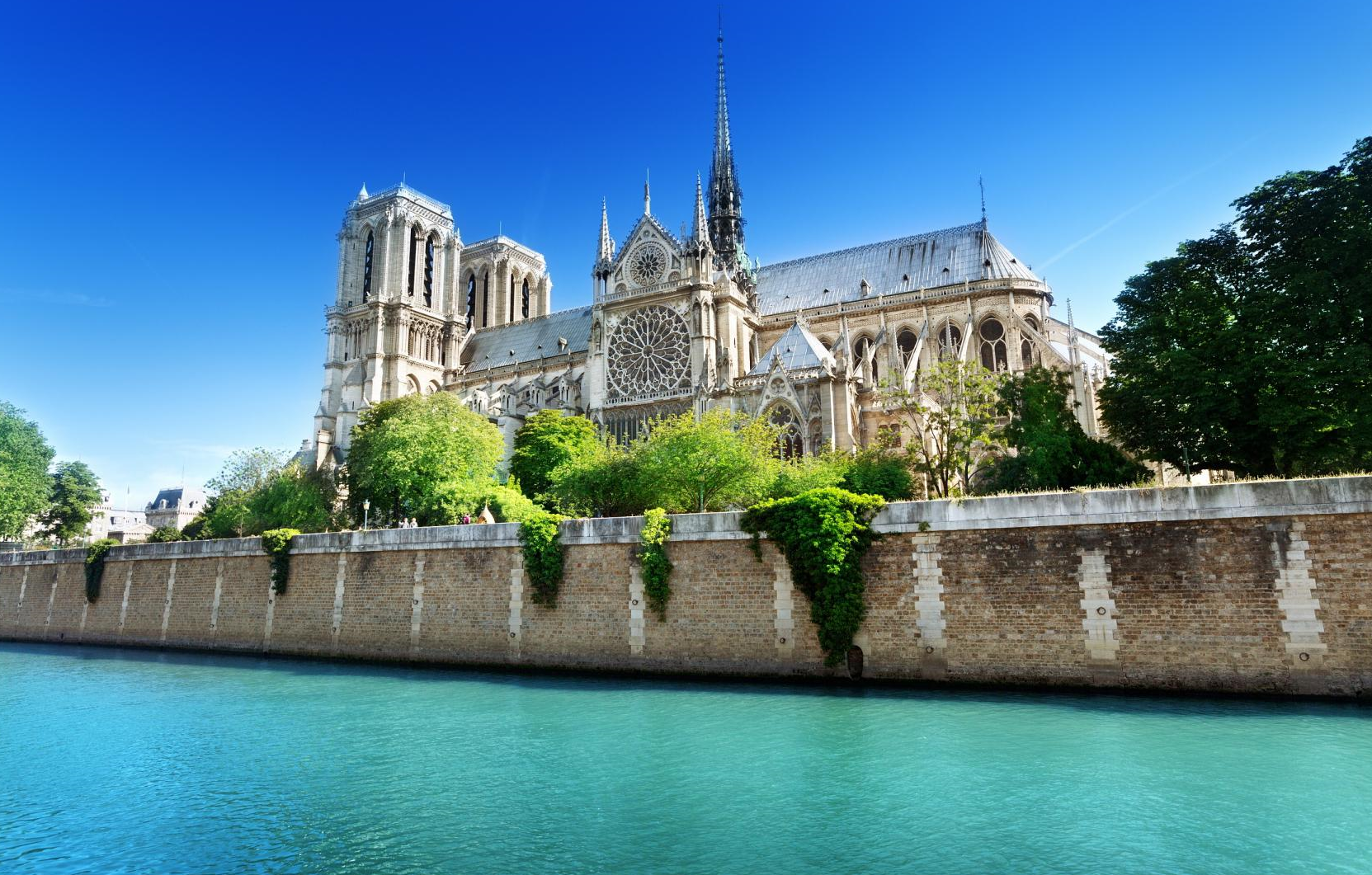
The Exile of Lenin in Paris
At first glance, it is very difficult to make a connection between Paris and Lenin, the founder of the Soviet Communist Party. Yet it is in the City of Light that the famous revolutionary lived one of the most important chapters of his life.
Paris, City of Light and Lenin
After a failed first attempt at revolution in 1905, Lenin chose to stay in several European countries. During this “tour of Europe”, he arrived in Paris in 1908. The city is then in full cultural and artistic explosion. Lenin’s history with the French capital begins first in the Pantheon district. Then he lived in an apartment in the 14th arrondissement, located at 24 rue Beaunier. It is there that he lived with his wife, his mother-in-law, and his sister. Even today, one can still see where a plaque was located on the facade of the building. In 1909, he moved but stayed in the 14th arrondissement at 4 rue Marie-Rose, in a 48m² apartment.

With the quiet atmosphere and the discreet nature of the neighborhood, Lenin seems to be at ease … Despite the presence of the tsarist police in the capital. The revolutionary enjoyed the calm of frequent walks in Montsouris Park. He also happens to find his Russian friends around the Porte d’Orleans and Montparnasse. Often, Lenin would ride his bike to the National Library in the 2nd arrondissement and devour several books. He is said to be fascinated by the Paris Commune, from which he draws a lot of lessons for his future.
Inès Armand, His Great Love
It is in the midst of these Russian revolutionaries exiled to Paris that Lenin will make an encounter that will change his life. He meets Inès Armand, a communist activist of French origin. She is married to the Russian Alexander Armand, from one of the richest capitalist families in Russia. Speaking very little French, Lenin needs more and more of this polyglot comrade. As the days go by, their letters move from the revolutionary topics to more passionate words. They attend conferences together, visit the capital and quickly become inseparable.
Lenin then had Ines placed very close to him, at 2 rue Marie-Rose. She becomes his closest adviser, assistant and confidante. More than his mistress, Inès Armand is considered the true love of his life. As for Lenin’s wife, she is content to be a devoted wife. This passionate love will for a long time be one of the best-kept secrets of the Soviet Union so as not to tarnish the image of ideal revolutionaries and spouses. Perfect Lenin.

Even if this relationship becomes especially centered around letter writing when Lenin returns to Russia, their passion lasted until the end for the two lovers. Dead in 1920, Inès Armand was given the right to a national funeral and is buried in the Necropolis of the Kremlin wall. A great first since she is the only French to receive such an honor. Lenin succumbs four years later. Today, the two lovers rest a few meters from each other.
As for the small apartment of the 14th arrondissement, it was bought by the French Communist Party and transformed into a museum dedicated to the Bolshevik leader, a unique case in France. Despite the enthusiasts, the museum disappeared in 2007, as did the commemorative plaque adorning the building.
Sorry, the comment form is closed at this time.






